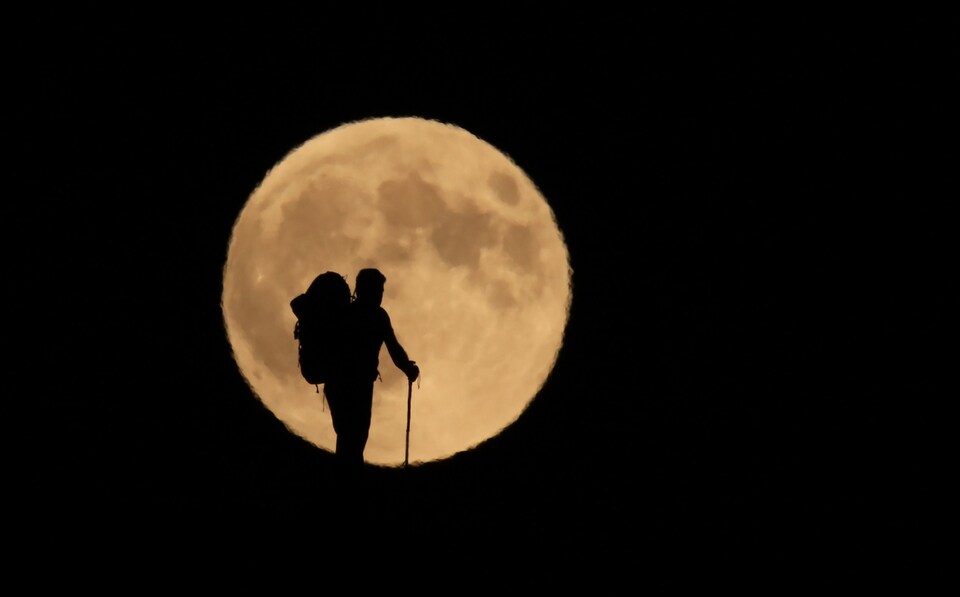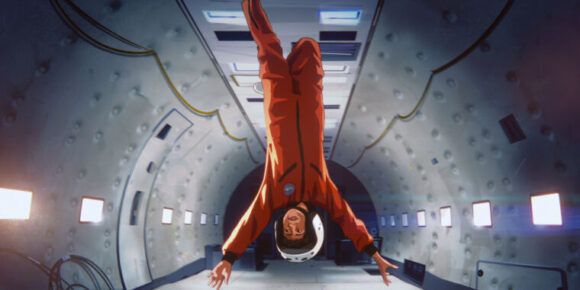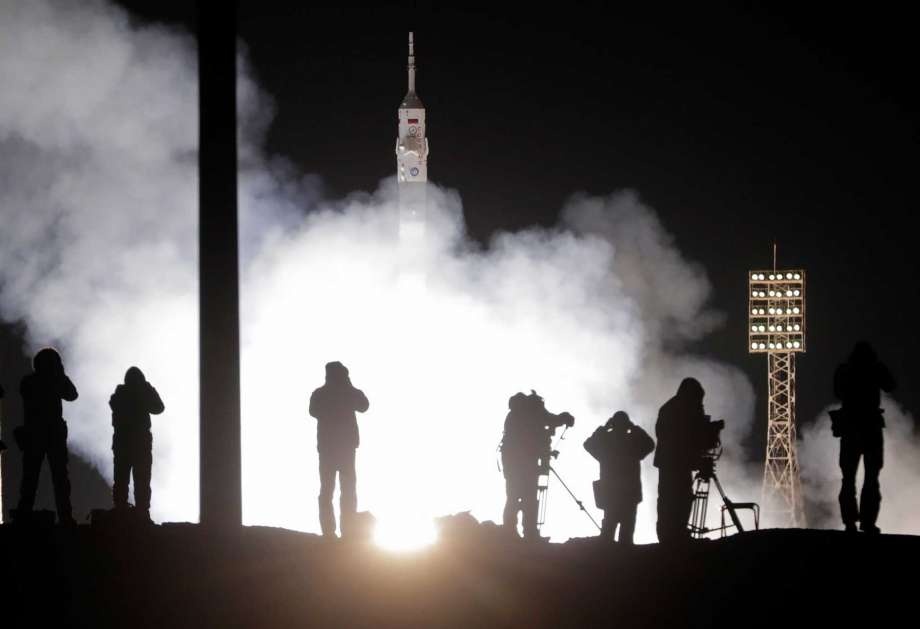Reading Our Moon: A human history by Rebecca Boyle for the Telegraph, 4 January 2024
If people on the Moon weigh only one-sixth as much as they do on Earth, why did so many Apollo astronauts fall flat on their faces the moment they got there? They all managed to get up again, so their spacesuits couldn’t have been that cumbersome. The trouble, science writer Rebecca Boyle explains in Our Moon, was that there wasn’t enough gravity to keep the astronauts orientated. Even with the horizon as a visual cue, it’s easy to lose track of which way’s up.
Boyle lays out – in a manner that reminded me of Oliver Morton and his daunting 2020 book, The Moon: A History for the Future – all the ways in which our natural satellite, once you reach it, is not a “place” at all — at least, not in the earthly sense. Its horizon is not where you think it is. Its hills could be mere hummocks or as tall as Mount Fuji: you can’t tell from looking. Strangest of all, says Boyle, “time seems to stop up there. It proceeds according to the rhythm of your heart, and maybe the beeping of your spacesuit’s life-support system, but if you could just stand there for an hour or two in silence, you would notice nothing about the passage of time.”
15 to 20 per cent of us today doubt NASA astronauts ever landed there. This tiresome contrarian affectation has this, at least, to be said for it: that it lets us elude that sense of creeping post-Apollo anticlimax, so well articulated by Michael Collins – who orbited the Moon but didn’t walk on it – when he compared it to a “withered, sun-seared peach pit”. “Its invitation is monotonous,” he wrote in his 1974 memoir, “and meant for geologists only.” Boyle puts a positive spin on the geology, calling the Moon “Earth’s biographer, its first chronicler, and its most thorough accountant.” Our Moon is a pacey, anecdotal account of how the Moon has shaped our planet, our history and our understanding of both.
Necessarily, this means that Boyle spends much of her book side-eyeing her ostensible subject. Never mind the belligerent rock itself – “like Dresden in May or Hiroshima in August”, according to the columnist Milton Meyer – the Moon’s mass, its angular momentum and its path through space dominate most chapters here. Without a massive moon churning it up over 4.5 billion years, the Earth would by now be geologically senescent, and whatever nutrients its internal mechanics generated would be lying undisturbed on the seafloor.
Not that there would be much, in that case, that needed nutrition. Without the Moon to carry so much of the Earth-Moon system’s angular momentum, Boyle explains, gravitational interference from Jupiter “would push Earth around like a playground bully”, making life here, even if it arose, a temporary phenomenon. As it is, the Moon stirs the Earth’s core and mantle, and keeps its interior sizzling. It whips the oceans into a nutritious broth. It dishes up fish onto little tidal pools, where they evolve (or evolved, rather: this only happened once) into lobe-fish, then lung-fish, then amphibians, then – by and by – us.
The more self-evidently human part of Boyle’s “human history” begins in Aberdeenshire, where Warren Field’s 10,000-year-old pits – a sort of proto-Stonehenge in reverse – are a timepiece, enabling the earliest farmers to adjust and reset their lunar calendars. These pits are the earliest astronomical calendar we know of, but not the most spectacular. Boyle propels us enthusiastically from the Berlin Gold Hat – an astronomical calculator-cum-priestly headpiece from the Bronze Age – to the tale of Enheduanna, the high priestess who used hymns to Moon gods to bind the city-states of 2nd-millennium BC Sumeria into the world’s first empire. And we go from there, via many a fascinating byway, to the Greek philosopher Anaxagoras, whose explanation of moonlight as mere reflected sunlight ought, you would think, to have punctured the Moon’s ritual importance.
But the Moon is a trickster, and its emotional influence is not so easily expunged. Three hundred years later Aristotle conjectured that the brain’s high water content made it susceptible to the phases of the Moon. This, for the longest while, was (and for some modern fans of astrology, still is) as good an explanation as any for the waxing and waning of our manias and melancholies.
Thrown back at last upon the Moon itself, the brute and awkward fact of it, Boyle asks: “Why did we end up with a huge moon, one-fourth of Earth’s own heft? What happened in that cataclysm that ended up in a paired system of worlds, one dry and completely dead, and one drenched in water and life?” Answering this lot practically demands a book of its own. Obviously Boyle can’t be expected to do everything, but I would have liked her to pay more attention to lunar craters, whose perfect circularity confused generations of astronomers. (For this reason alone, James L Powell’s recent book Unlocking the Moon’s Secrets makes an excellent companion to Boyle’s more generalist account.)
Boyle brings her account to a climax with the appearance of Theia, a conjectural, but increasingly well-evidenced, protoplanet, about the size of Mars, whose collision with the early Earth almost vaporised both planets and threw off the material that accreted into the Moon. Our Moon is superb: as much a feat of imagination as it is a work of globe-trotting scholarship. Given the sheer strangeness of the Moon’s creation story, it will surely inspire its readers to dig deeper.




